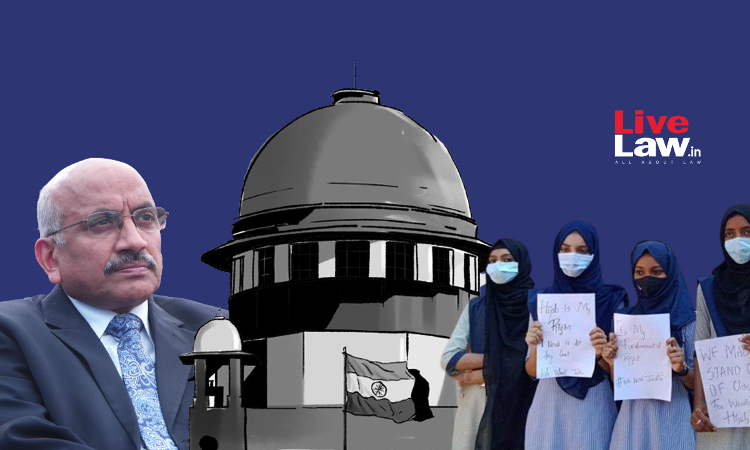Permitting One Religious Community To Wear Their Symbols Would Be Antithesis To Secularism: Justice Hemant Gupta In Hijab Ban Case
Ashok KM
13 Oct 2022 4:27 PM IST

Next Story
13 Oct 2022 4:27 PM IST
"Secularism is applicable to all citizens, therefore, permitting one religious community to wear their religious symbols would be antithesis to secularism", the Supreme Court judge Justice Hemant Gupta observed in his judgment in Hijab case.The judge observed that the accommodation sought would result in different treatment of students in secular schools who may be following varied...
